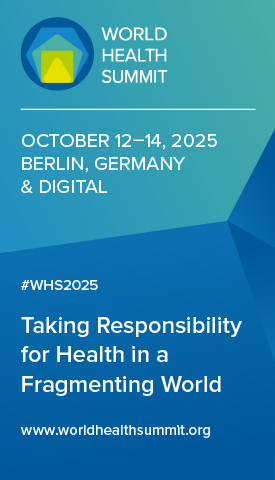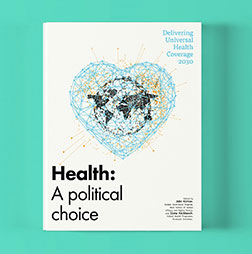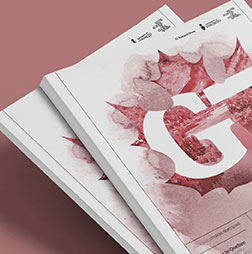G7 performance on gender equality
As the G7 leaders convene in Kananaskis, they will be hosted by Canada’s first new prime minister in a decade. The previous government consistently prioritised gender equality in domestic and foreign policy, a dedication reflected in the communiqué of the last Canadian-hosted G7 summit at Charlevoix in 2018. However, with a new leader and a gathering of counterparts who are increasingly resistant to equality-focused policies, this year’s summit will likely shift away from championing this issue.
Deliberations
G7 leaders first addressed gender equality in 1981, but not consistently until 2001. Attention steadily increased from 2013 until 2019. It was entirely absent in 2020, but reappeared at all their summits through to 2024. G7 communiqués averaged 889 words on gender equality at each summit, for 6% of the total words from 1975 to 2024.
The most attention came in 2017 and 2018. The 2017 communiqué contained 3,888 words (45%). This increased in 2018 to 5,086 words (45%), the most extensively mainstreamed amount. The 2024 communiqué contained 2,178 words (11%).
The G7 released its first standalone document on gender equality in 2016, followed by two in 2018 and three in 2019. They included statements on improving education for women and girls in developing countries, ending gender-based violence in a digital context, and the Biarritz Partnership for Gender Equality. This practice disappeared in 2020.
Decisions
Since 1975, the G7 has made a total of 466 public, collective, precise, future-oriented, politically binding commitments on gender equality, accounting for almost 6% of the total identified by the G7 Research Group. Most were made between 2015 and 2018. Previously, most were gender-related commitments with other issues at their core, including addressing HIV/AIDS, improving maternal and child health, and improving educational outcomes for girls in Africa. Gender quality itself became the focus in 2015, with 34 (9%) commitments, followed by 48 (14%) in 2016, and 71 in 2017 (39%). In 2018, the G7 made a record 82 (26%) commitments on gender equality. In 2019 this dropped to 17 (24%) and then to zero in 2020. There were 30 (7%) made in 2021, 32 (6%) in 2022, 53 (8%) in 2023 and 38 (8%) in 2024.
Delivery
G7 members averaged 73% compliance with these gender commitments, based on the 51 assessed by the G7 Research Group. This is slightly below the overall 77% average.
The gender commitments with the highest compliance focused on health (including maternal, newborn and child health), promoting access to education for girls, and commitments that invoked legal action or the protection of human rights. Commitments with the lowest compliance focused on supporting refugee and internally displaced women and girls affected by conflict and disaster, and on gender-based violence.
The highest compliance came with commitments made in 2021 and 2002 with 100% each, in 2013 with 95%, in 2023 with 94%, in 1996 with 92%, in 2010 with 89%, in 2022 with 88% and in 2014 with 85%. The lowest compliance came with commitments made in 2011 with 45% and 2016 with 51%. By December, compliance with the one gender commitment assessed from 2024 was 94%.
The highest complying G7 member on gender equality is Canada at 87%, followed by the United Kingdom at 86% and the European Union at 79%. In the middle are Germany at 77%, the United States at 75% and France at 71%. The lowest compliers are Japan at 64% and Italy at 51%.
Recommendations
The highest complying summits, averaging 90%, had a high degree of internal G7 institutional support: they coincided with two ministerial meetings on gender equality and the creation of a gender-related official or multi-stakeholder body, councils, partnerships, forums or initiatives, including the Gender Equality Advisory Council. The lowest complying summits, averaging 61%, came on commitments made in years when only a related ministerial meeting took place.
The highest complying summits also dedicated a larger percentage of their communiqués – on average 14% – to gender equality. This compares to the 12% average for the lowest complying summits.
Core gender commitments average 70% compliance and gender-related commitments average 75%. Among the latter, those with the highest compliance link gender equality to health, specifically to maternal and newborn health, AIDS, and reproductive health. Commitments with the lowest compliance lack specificity, but commit to or support gender equality and women’s empowerment broadly.
The presence of compliance catalysts, such as text on implementation, generally improves compliance. Gender commitments with such catalysts average 75% compliance; those with none average 71%. The catalysts that coincide with the highest compliance refer to an implementation target, a G7 body, legal instruments or the mobilisation of a specified dollar amount.












